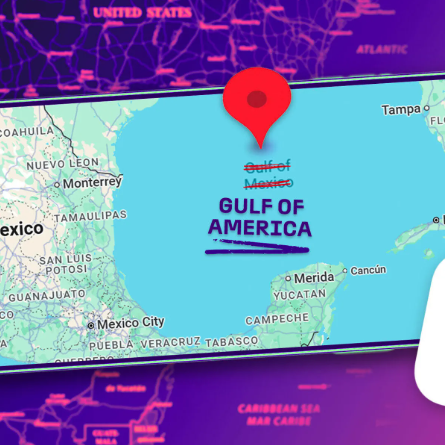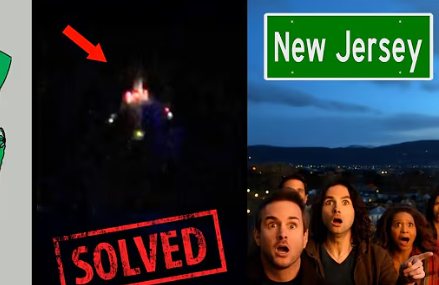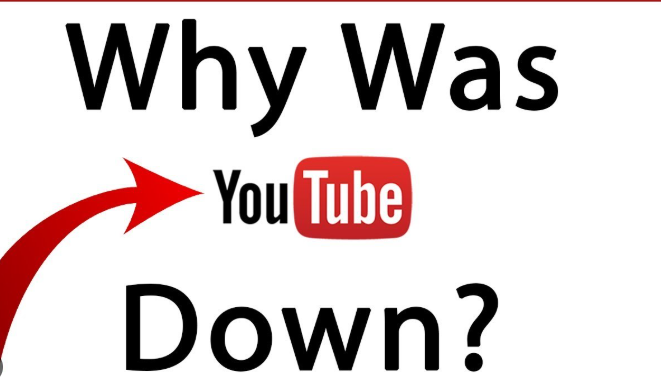In a shocking update, Google Maps has officially changed the name of the Gulf of Mexico to the Gulf of America, causing a global uproar among historians, geographers, and political leaders. This unexpected move has ignited debates on whether this was an error, a political statement, or a preview of a broader geopolitical shift.
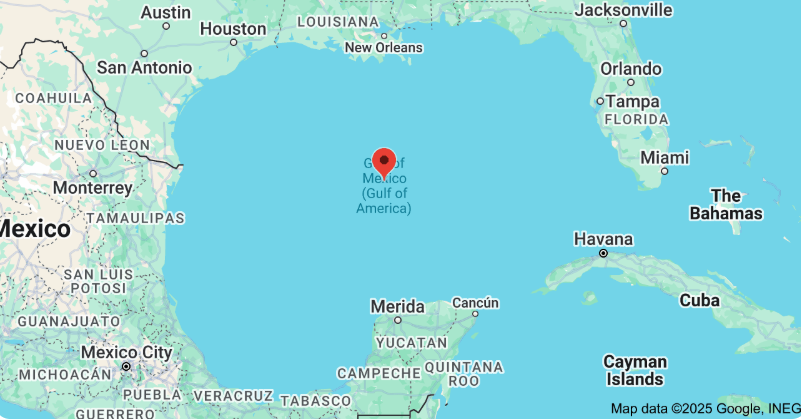
Google Maps’ Unexpected Name Change: A Digital Cartography Shake-up
Millions of users logging into Google Maps this week were stunned to see the Gulf of Mexico now labeled as the Gulf of America. The change was first spotted by keen-eyed cartographers and social media users, who took to platforms like X (formerly Twitter) and Reddit to express their confusion and disbelief.
The Gulf of Mexico has been historically recognized as a large ocean basin and marginal sea of the Atlantic Ocean, bordered by the United States, Mexico, and Cuba. Its sudden renaming on Google Maps has left many questioning the tech giant’s reasoning behind the change.
Why Did Google Maps Rename the Gulf of Mexico?
As speculation grows, there is still no official statement from Google on whether this change was intentional or a system error. However, experts have pointed out a few possible reasons behind the move:
- Geopolitical Pressure – Some analysts believe this could be an influence from rising tensions between the U.S. and Mexico regarding border policies and trade disputes.
- Algorithmic Error – Given that Google Maps relies on AI-driven mapping technology, there is a possibility that an automated system update misidentified the region.
- Rebranding Strategy – Others argue that this could be a part of a larger Google Maps rebranding effort or an experiment in data visualization.
Public Reaction to Google’s Bold Move
The renaming of the Gulf of Mexico to the Gulf of America has triggered strong reactions from various groups.
- Mexican Authorities – Officials from Mexico’s Foreign Ministry have condemned the change and demanded an immediate correction.
- U.S. Officials – The U.S. government has remained silent on the issue, leading to further speculation on whether this was an unofficial policy shift.
- Historians & Geographers – Many academics have voiced their concerns, stating that this change disregards centuries of established historical and geographical records.
- Social Media Users – Platforms like X and TikTok are flooded with posts debating the name change, with hashtags like #GulfOfAmerica and #GoogleMapsControversy trending worldwide.
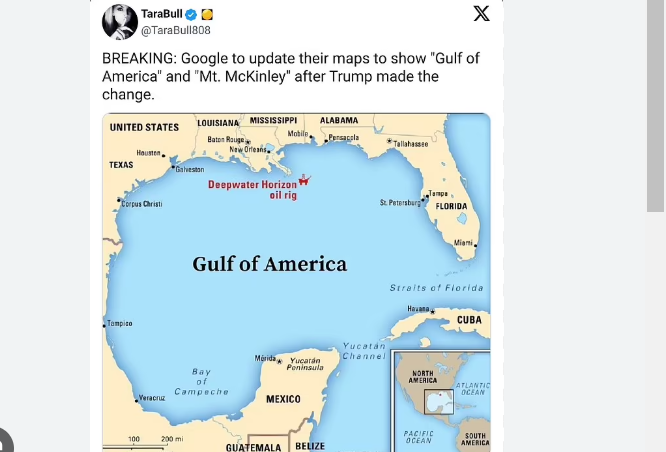
Google’s History of Map Naming Controversies
This isn’t the first time Google Maps has faced criticism for renaming or altering geopolitical boundaries. In the past, Google has been embroiled in disputes over disputed territories such as Kashmir, Crimea, and the South China Sea. The platform often updates map labels based on political climates, making it a target for government scrutiny and public backlash.
What’s Next? Will Google Revert the Change?
As pressure mounts, Google is expected to issue a formal response addressing whether this was a deliberate rebranding or an algorithmic error. If history is any indicator, the tech giant may quietly revert the Gulf of America label back to Gulf of Mexico in the coming days to avoid further controversy.
For now, users are encouraged to monitor Google Maps updates and report inaccuracies through the platform’s feedback system.
Final Thoughts
The renaming of the Gulf of Mexico to the Gulf of America on Google Maps has raised important questions about digital cartography, political influence, and technological reliability. Whether this was an error or a bold statement, it highlights the immense power tech companies hold in shaping global perceptions.
Stay tuned https://boldlyamericana.com/ as the world waits for Google’s response. Until then, keep an eye on Google Maps—you never know when another historical landmark might get an unexpected name change!

